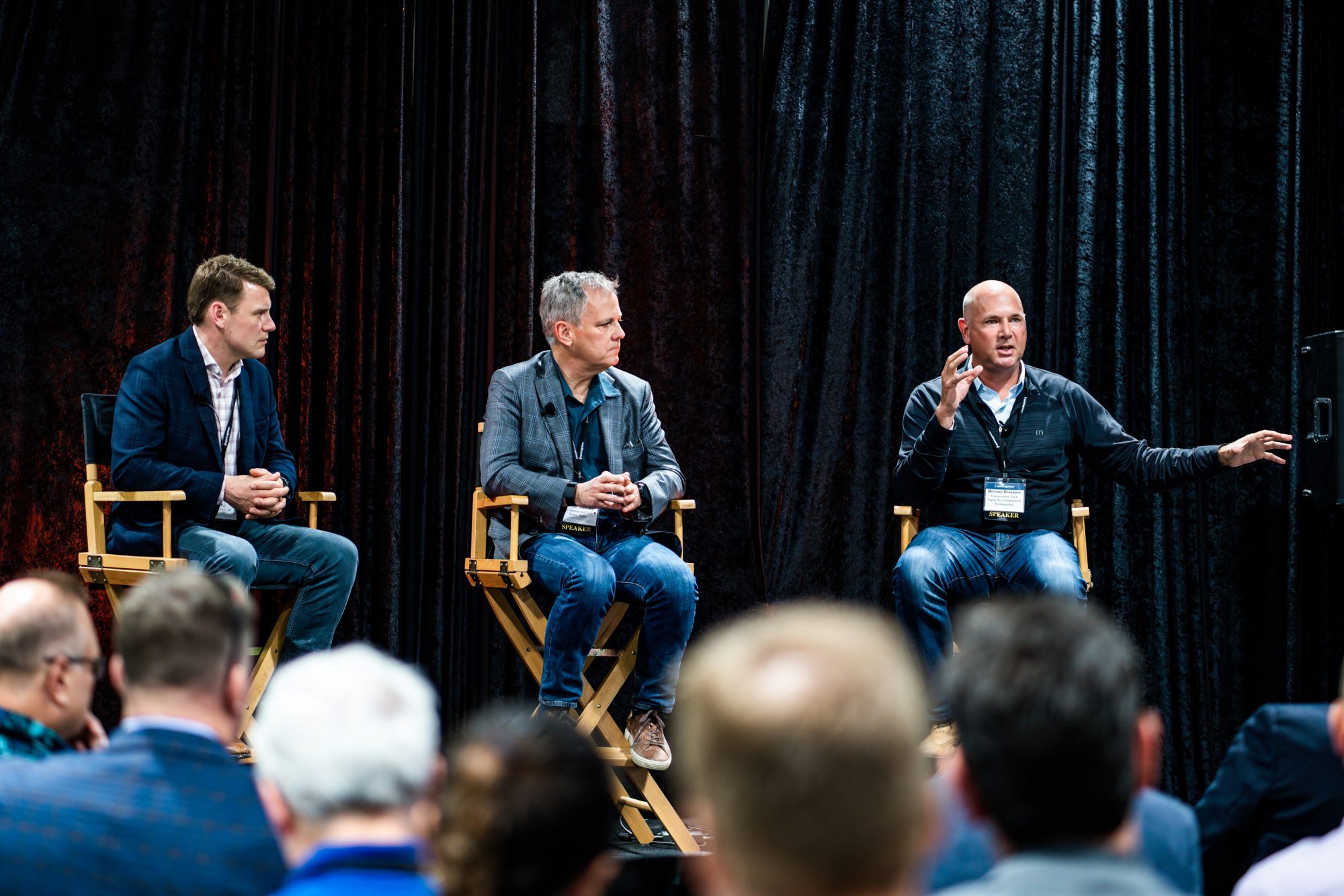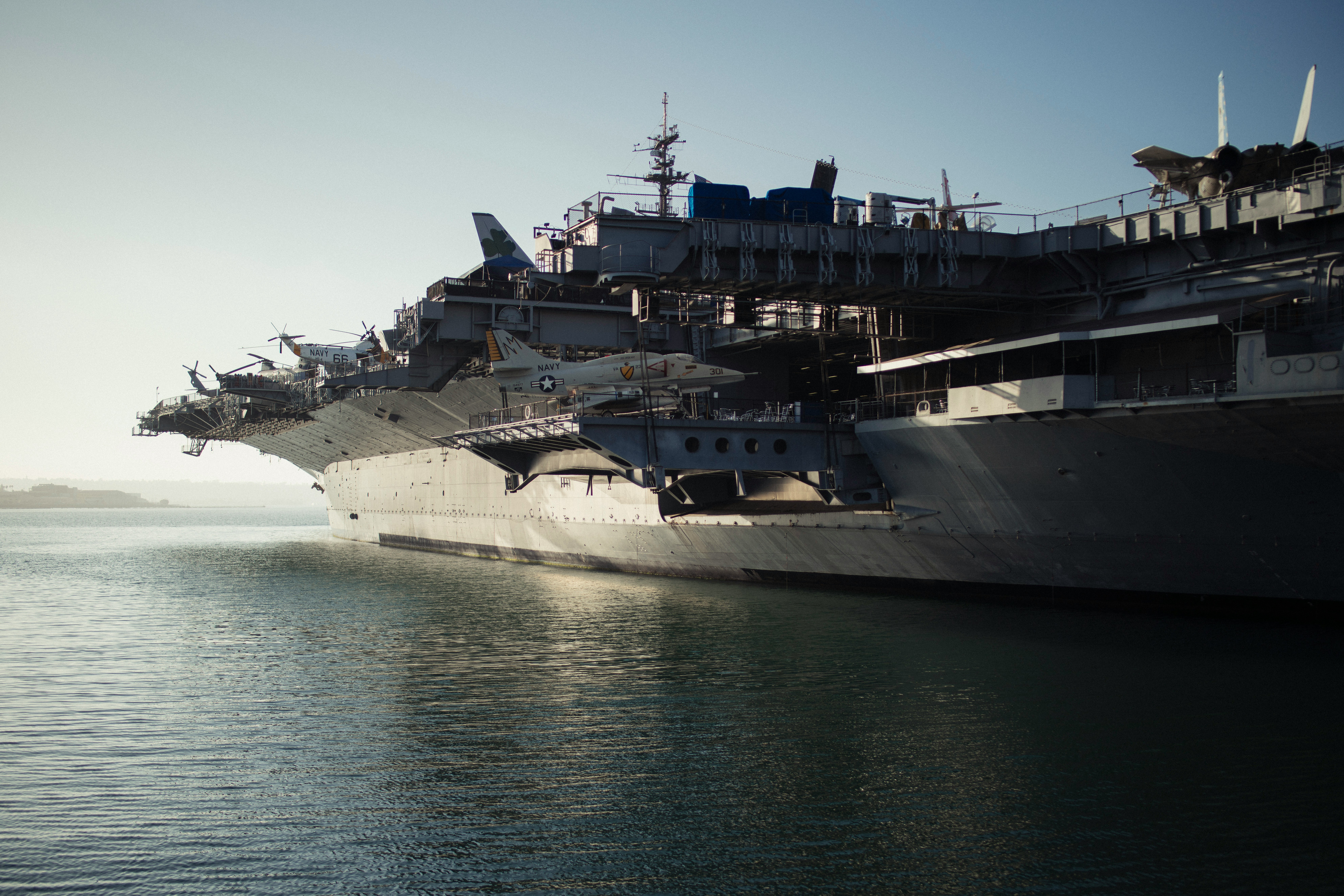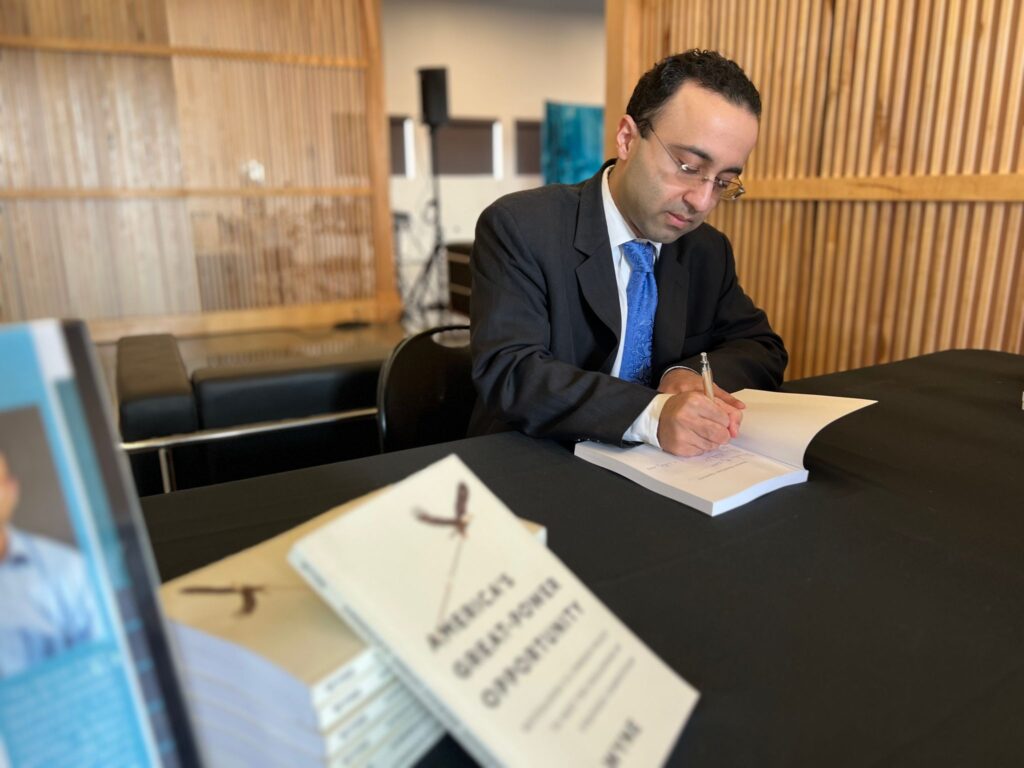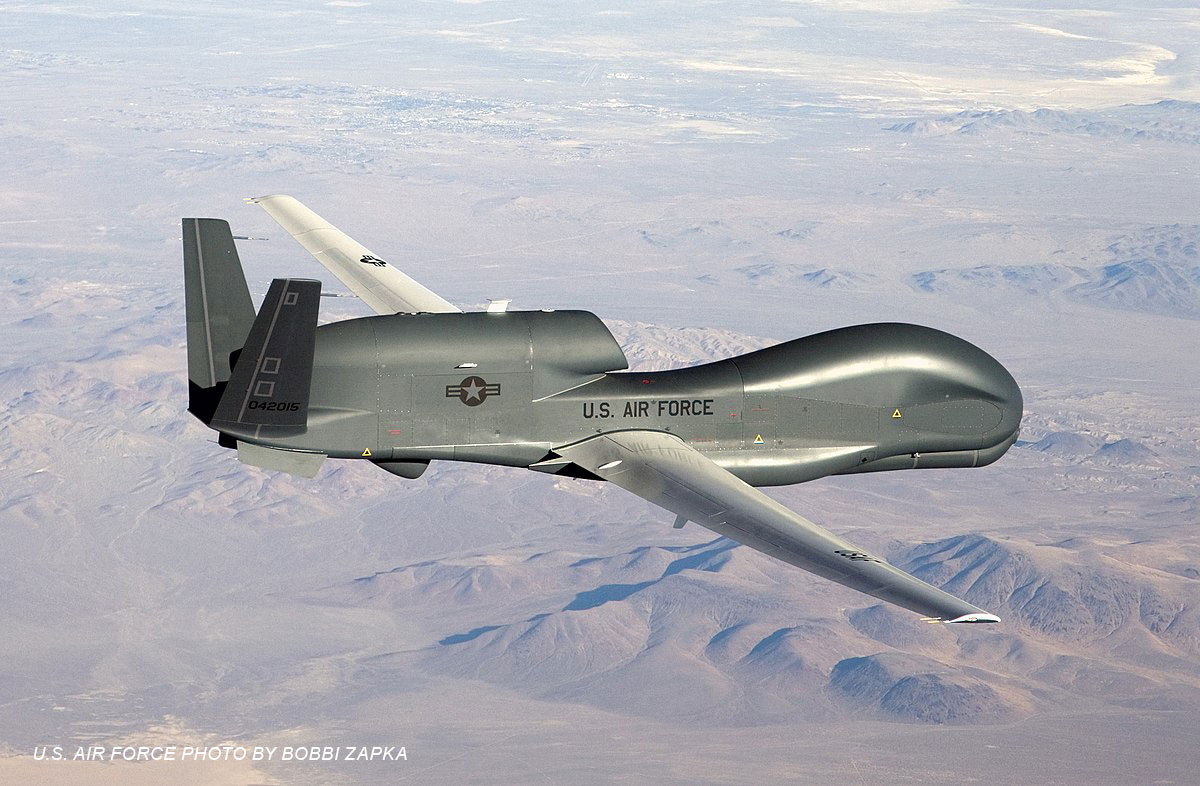Speed is the Driver of Investment: Employing AI to Ensure Mission Readiness

As part of SparkCognition’s 2022 Time Machine™ Interactive event, SparkCognition Government Systems (SGS) President and General Manager Logan Jones, moderated a panel discussion focused on the applications of artificial intelligence (AI) in maximizing mission readiness for the U.S. military and, in particular, on demonstrations of these advanced capabilities during the Task Force 59 (TF59) exercise in the Arabian Gulf last October. TF59 is dedicated to the rapid integration of unmanned systems and artificial intelligence into fleet operations to deter malign activity and secure the free flow of commerce in the waters surrounding the Arabian Peninsula.
Joining Jones for this discussion were Michael Brasseur and Michael Stewart. Michael Brasseur co-founded and currently serves as the first commodore of TF59 and Commander, Unmanned & AI Integration. Michael Stewart serves as Director of the USN Unmanned Task Force (UTF) and is a graduate of the U.S. Naval Academy, the U.S. Naval War College, and Harvard Business School.
The UTF is charged with accelerating unmanned solutions to operational problems across all domains. It is creating a portfolio view of unmanned systems and the required enabling technologies, performing analysis of limiting factors, integrating technology development efforts with fleet experiments, accelerating delivery to the fleet, and scaling the fielding of new unmanned capabilities in concert with Systems Commands, PEOs and other existing offices. The focus is on accelerating the Navy’s ability to leverage unmanned systems to improve the ability to shoot, maneuver, defend and resupply.
Jones opened the dialog by asking his co-panelists to summarize their views on AI implementation, how to value AI, and how to leverage AI in military operations. “How,” he asked, “can we take technology with such great promise and drive it into ops in ways that truly make a difference?”
Brasseur, only just arrived from Bahrain, began by observing that the challenge of operationalizing automation technology is first and foremost a challenge of scope, encompassing an enormous maritime domain that is simultaneously above, on, and below the ocean surface.
“It’s a problem-rich environment,” he said, “one in which necessity truly is the mother of invention. We are inventing a hybrid fleet because we have no choice. It’s a ‘gotta-have,’ not a ‘nice-to-have.’ We’re dealing with everything from illegal fishing to drone attacks to weapons shipments. We need to achieve a more cognitive state in order to position our manned assets very precisely.”
Panelists described the Arabian Gulf as an extremely ‘kinetic’ environment, where a critical challenge is bringing together technological solution providers with warfighters.
“We own these problems,” Brasseur said, “and it’s on us to solve them. If we can tackle these challenges effectively—make the tech work—in our Area of Responsibility (AOR), where it’s hot, windy, and salty, then it‘ll work anywhere. What we love about this is the speed. We have the tech in our hands, and we’re learning every day how to use it to deal with real-world problems. And, of course, we want more of it. We’re dating, but we haven’t put a ring on yet!”
TF59 began as a two-page white paper in June 2021, with the organization’s vision written on a window with a marker. Following that humble beginning, the team was formally stood up in September and has since been staffed with a who’s who of Navy and private sector team members. With its primary focus on operational speed and agility, TF59 has already conducted the world’s largest unmanned maritime exercise.
“We now have a large and diverse range of maritime assets,” Brasseur noted, “and we have established a very clear connection between maritime robotics and AI. You cannot decouple them. But we want to get to a place where we have one person controlling 10, 20, or even 30 robots at the same time.”
With its high tolerance for risk and a rapidly growing portfolio of real-world systems and applications, the organization is approaching 10,000 hours of operational time.
“We’ve been doing this for seven months now. But it’s not about the AI; it’s about the humans,” Brasseur said, echoing USMC General Robert Neller’s comments from an earlier presentation. “We are personally invested in this project. Task Force 59 is made up of “doers.” In 25 years of Navy service, never before has this happened. My people are thanking me for the work, for the opportunity to be part of this project.”
In summarizing the origins of the unmanned task force, Stewart recalled the message he received loud and clear from the Chief of Naval Operations (CNO) more than a year before the concept was launched. “We’re not moving fast enough. In my view, the Chinese military is disrupting the U.S. Navy. Do we have to change how we fight now? We’ve got limited assets and speed matters. And when the time comes to fight, it’s going to happen very fast.”
A big part of the purpose of TF59 is to demonstrate what the technology is capable of delivering. “AI can be frustrating,” Stewart noted. “If we ask the people at the Pentagon, ‘Is AI important?’ They’ll all answer ‘Absolutely!’ Ask them ‘Why?’ They struggle to answer.”
When the conversation turned to the business side of AI, all agreed that speed is the ultimate driver of investment.
“If somebody comes to Ukrainian President Volodymyr Zelensky today talking about how great technology is going to make the world 10 years from now, he’s not going to be terribly impressed,” observed Stewart. “No one is going to invest in AI that promises a decades-long payback, particularly not in the middle of an active conflict.”
The discussion then turned to the challenge of finding qualified people in the AI space.
“This is all about talent,” said Brasseur. “But the good news is that this project is like bears to honey. People are tired of the talk and are just looking forward to the opportunity to do something tangible. If you start innovating, people just come to you. We’re talking with warfighters, and we know what they are thinking right now. You have to really understand and be able to demonstrate how to disrupt things to get the military to adopt something. If you get the right talent and start moving, you attract more talent.
Stewart added, “We have a business problem, not a tech problem. How can we navigate through the Pentagon politically and financially? Experimentation in theater is key to proving that out. What the Pentagon hates is ‘give me a billion dollars now, and it’ll be amazing in 10 years.’ The key to success in implementing new technology is contextualization—get it into the hands of the operator. When a fleet commander takes concrete results up the chain, that’s how you make it happen. Get that commander to say, ‘We HAVE to have this.’”
Brasseur reinforced this sentiment. “Our approach has been to try to shock the system from the outset. If you provide a product that meets an immediate warfighter need, that’s what causes things to move at light speed. Use rapid learning iterations in near real-time. Rather than go through the normal Pentagon multi-year process, we’ll take a credit card, go buy something, and start experimenting right away.”
Recent Posts

Redefining Contested Logistics: How AI Can Optimize the Navy’s Refueling Operations

America’s Great-Power Opportunity: Author Ali Wyne’s Visit to HyperWerx

AI empowers logistics and readiness for Army 2030

Realizing the impact of AI in autonomous warfare
